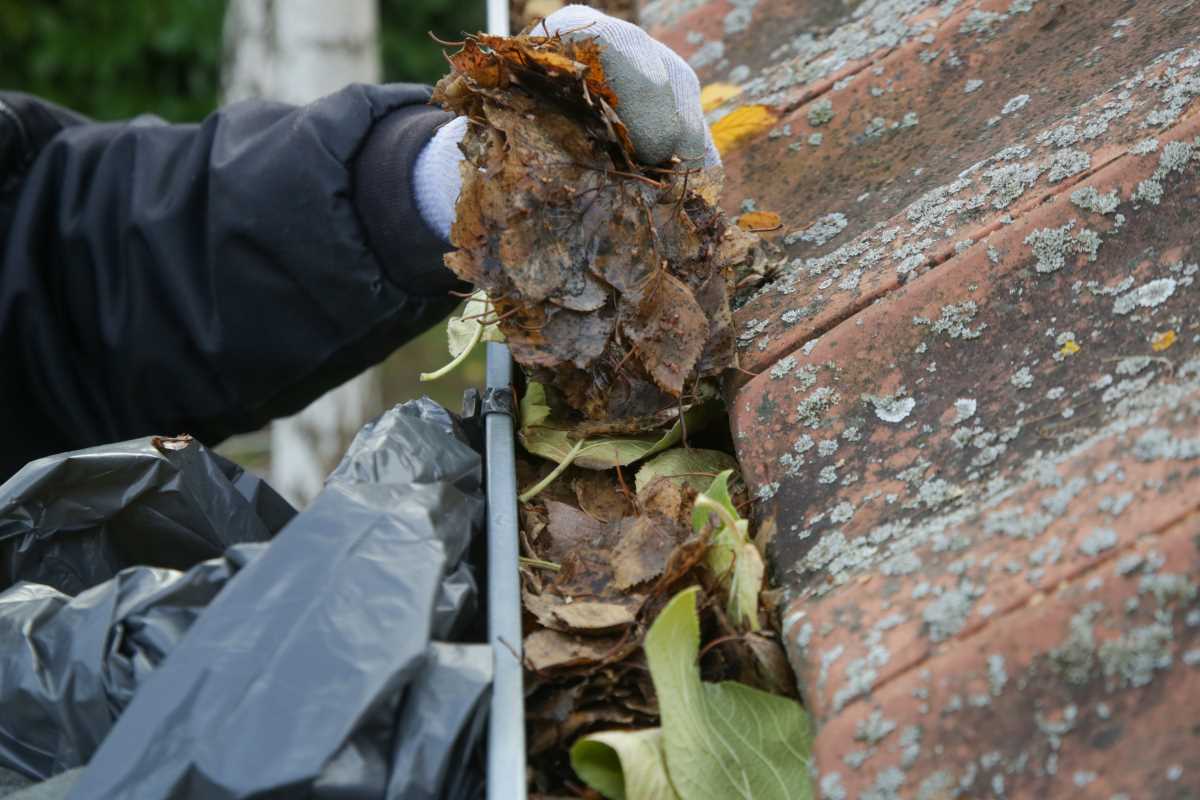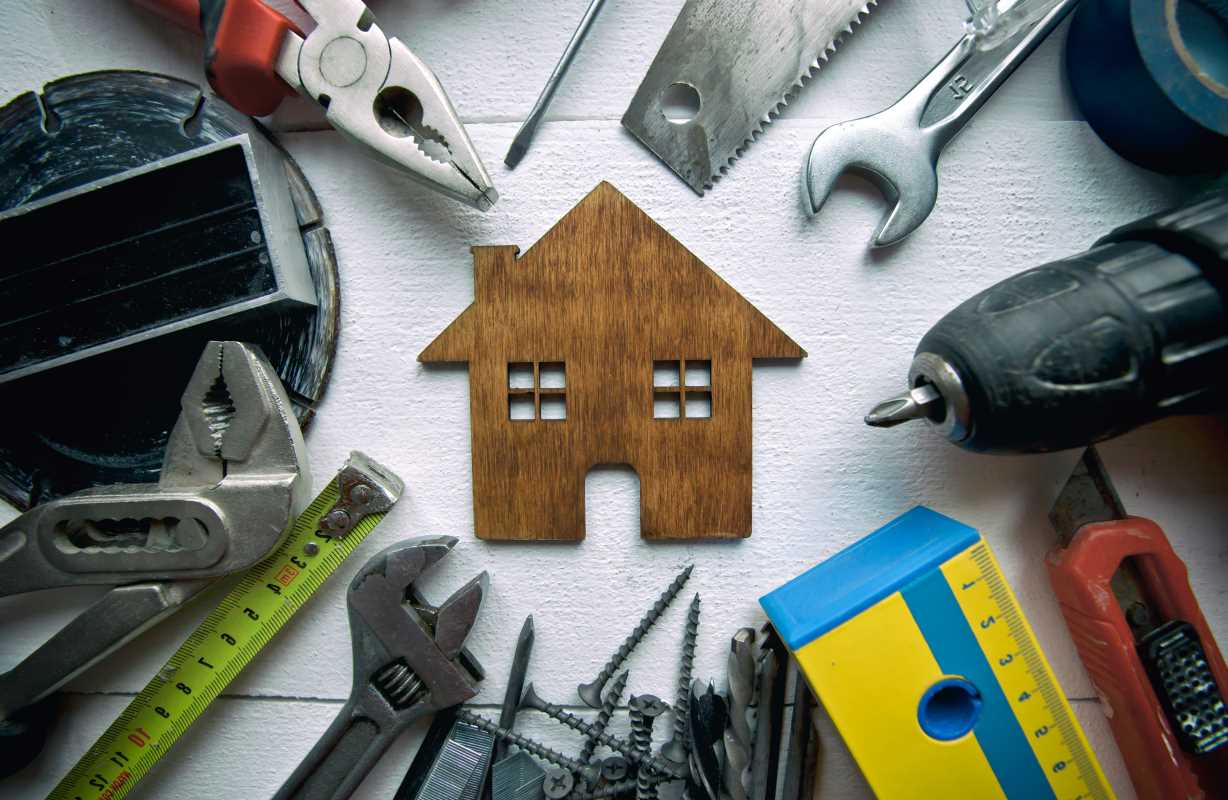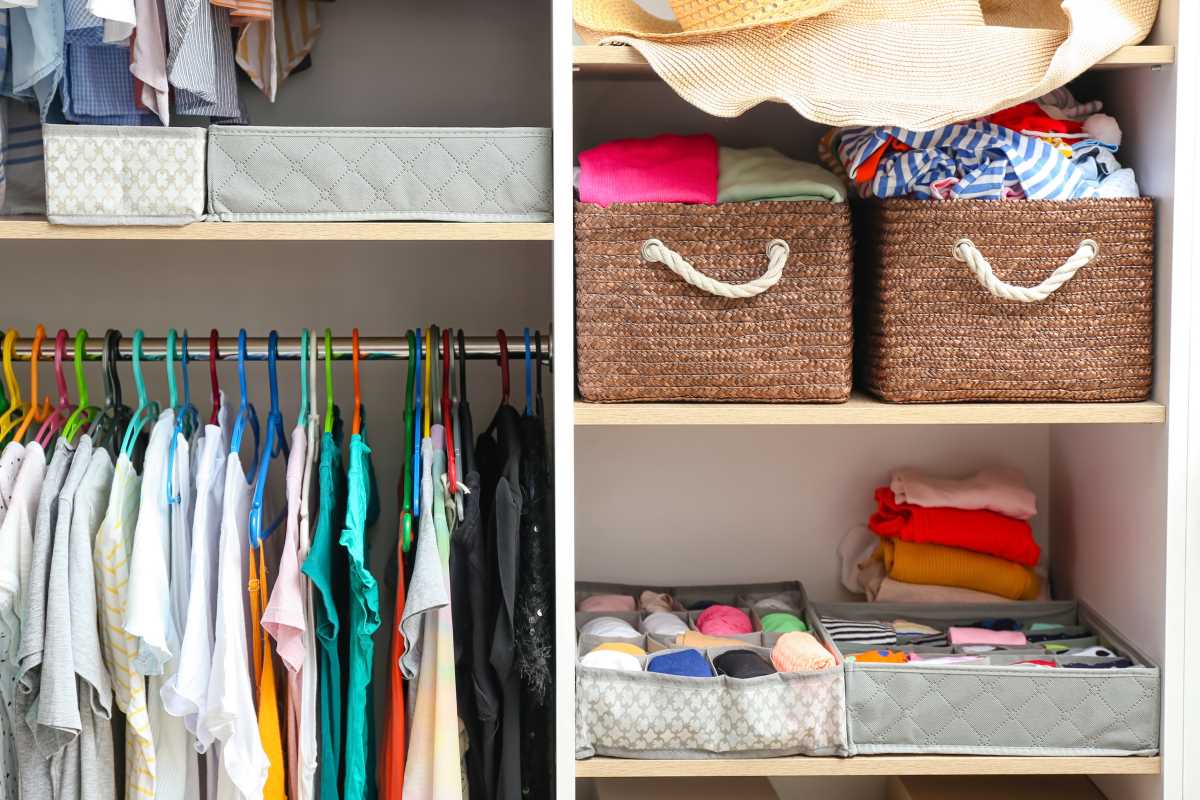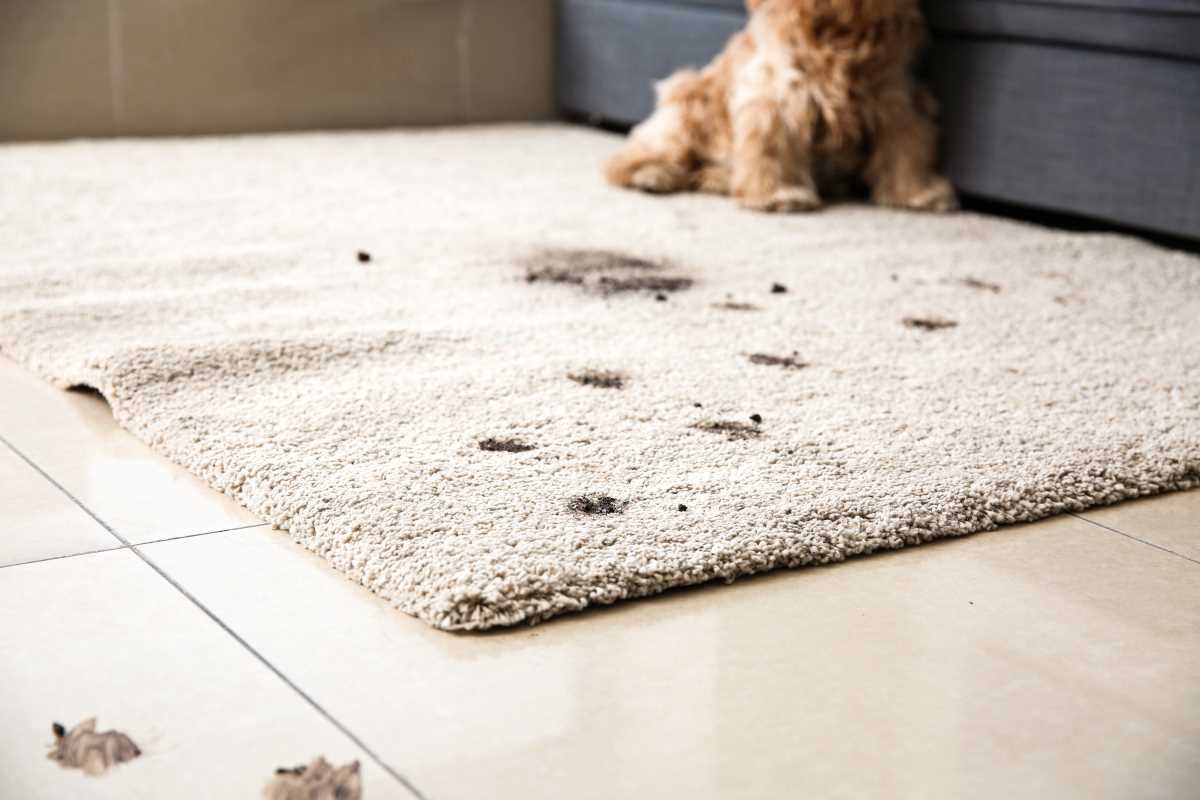A running toilet is not just an annoying sound; it’s water waste that adds up quickly. Fast, steady drips of water can cost you hundreds of gallons a month, driving up your water bill unnecessarily. Worry not! Fixing a running toilet is simpler than you think. You won’t need to call a plumber or use fancy tools. Most likely, all you’ll need are a few tools, a little patience, and this guide to walk you step by step through the process.
By the end, you'll not only have a quiet and functional toilet, but you’ll also feel like a DIY pro. Here’s everything you need to know.
What You'll Need
Before you roll up your sleeves, gather the following tools and materials. Having everything ready ensures you won’t have to scramble mid-project.
Tools:
- Adjustable wrench – This is useful for loosening or tightening bolts and fittings.
- Screwdriver – Some mechanisms inside the toilet may need minor adjustments or be secured by small screws.
Materials:
- Replacement parts – These are specific to the issue you’re fixing. Common ones include:
- Flapper – A rubber or silicone seal that covers the flush valve.
- Fill valve – Responsible for filling the tank with water after every flush.
- Ballcock (float ball assembly) – If you’re working with an older toilet, you may need to adjust or replace this part.
Most of these materials can be found at your local hardware store, and replacements are generally inexpensive.
Pro Tip: If you’re unsure about the type of replacement part to buy, take a photo of your toilet's interior components before heading to the store. Store staff may help you pick the right match.
Step-by-Step Instructions
Step 1. Identify the Problem
Before you can fix the issue, you're going to need to figure out what’s causing it. Although all running toilets share a common symptom (that endless rush of water), the underlying problem can vary. The three most common culprits are:
- A worn-out flapper – This is the rubber part that covers the flush valve inside the tank. Over time, the flapper may degrade, warp, or stick in the wrong position, preventing it from sealing properly.
- A misaligned or malfunctioning float – The float is responsible for regulating the water level inside the tank. If water levels rise too high, excess water can spill into the overflow tube.
- A faulty fill valve – The fill valve controls how the tank fills with water after flushing. If it isn’t working right, water may continue to flow endlessly.
Here’s how to figure out the cause:
- Remove the toilet tank lid and set it aside carefully. (It’s heavy and can easily crack if dropped.)
- Flush the toilet a few times to observe the internal components in action.
- Pay close attention to the flapper, float, and fill valve. Is the flapper struggling to close? Is the water level rising too much? Or is something else misbehaving?
Take note of what isn’t working as it should. This diagnostic process will guide the rest of your repair.
Step 2. Check the Flapper
The flapper is one of the most frequent culprits when it comes to running toilets. Because it regulates the release of water from the tank into the bowl, even slight issues can cause continuous water flow.
How to Fix It:
- Turn off the water supply using the valve located near the bottom of the toilet. This prevents spills while you work.
- Unclip the flapper from its hinges or chain. Be gentle because an old flapper may be brittle.
- Inspect it for signs of damage:
- Does it feel stiff or brittle to the touch?
- Are there visible cracks or tears?
- Does it look dirty or coated in mineral buildup?
- If so, it’s time for a replacement. Flappers are inexpensive (typically $5–$10) and can be found at any hardware or home improvement store.
- Replace the flapper by snapping the new one into place. Ensure the chain connecting the flapper to the flush handle is not too taut or too loose. A chain that’s too short can prevent the flapper from closing all the way, while one that’s too long may not properly open it.
Pro Tip: For an environmentally smart choice, look for a universal water-saving flapper. They’re designed to reduce water usage per flush.
Once the new flapper is installed, turn the water supply back on and flush the toilet a couple of times to ensure it’s sealing correctly. The sound of running water should disappear.
Step 3. Inspect the Float
If the flapper isn’t the culprit, it’s time to look at the float. The float’s job is to ensure that the tank stops filling once the water reaches the right level. If it isn’t calibrated properly, the water level may rise too high and overflow into the tube that leads to the bowl.
How to Fix It:
- Examine the float height while the tank is filling. Is the water rising above the designated fill line inside the tank? Most tanks have a clear marking that indicates where the water level should stop.
- If the level is too high:
- Adjust the float arm or screw. On newer toilets, this is as simple as turning the adjustment screw that controls the height of the float.
- For older models with a metal rod and ballcock mechanism, you might need to bend the rod slightly to lower the float. Go slow, as bending it too much can cause other issues.
- Flush the toilet again to see if the water now stops at the correct level.
Pro Tip: If adjusting the float doesn’t solve the issue, check if there’s water inside the float itself. Some types of floats can develop small cracks, which means they’ll stop floating properly and fail to shut off the water.
Take a moment to confirm that no water is flowing into the overflow tube. If it is, continue adjusting until the water level stabilizes.
Step 4. Replace the Fill Valve (if necessary)
If neither the flapper nor the float solves the running toilet issue, the fill valve might be to blame. Replacing this part may sound intimidating, but it’s easier than you think.
How to Replace It:
- Begin by turning off the water supply and flushing the toilet to drain the tank.
- Disconnect the water supply line from the bottom of the fill valve (you may need to use your adjustable wrench).
- Unscrew the old fill valve from inside the tank and remove it.
- Install the new fill valve according to the manufacturer’s instructions. Make sure all washers, nuts, and seals are fitted securely to prevent leaks.
- Reconnect the water supply and tighten any fittings.
- Turn the water back on and test the tank by flushing.
Pro Tip: While you’re replacing the fill valve, consider installing a water-saving mechanism. Some fill valve kits come with adjustable settings that limit the amount of water used, a win for both your wallet and the environment.
Step 5. Test Your Fixes
Now that you’ve tackled the likely causes, it’s time for the moment of truth. Turn the water supply back on and:
- Observe the flapper during and after flushing. Is it creating a proper seal at the bottom of the tank?
- Check that the float stops the water at the correct level.
- Confirm that no water is flowing into the overflow tube.
If everything looks and sounds right, congratulations! You’ve successfully repaired your running toilet.
However, if the problem persists, there may be an underlying structural issue, such as a cracked tank or malfunctioning flush handle. These issues might require professional help.
Extra Tips for Long-Term Success
- Keep the tank clean by removing mineral buildup. You can add a splash of vinegar into the tank water occasionally to loosen deposits.
- Perform semi-annual checks of the flapper and other components to spot wear and tear early.
- Avoid harsh chemicals like chlorine tablets in the tank. While they promise to keep your toilet clean, they can actually degrade parts like the flapper faster.
By keeping an eye on your toilet's performance and making small fixes as needed, you’ll avoid major issues and save time in the long run.
When to Call a Professional
If, despite your best efforts, the toilet continues to run or if you discover cracks in the tank or bowl, it might be time to call in a pro. A plumber has the expertise and tools to diagnose and resolve more complex issues.
Fixing a running toilet is an easy DIY project that doesn’t require much time or money. With just a few tools and replacement parts, you can address most causes of water waste yourself. Not only will you put an end to the annoying sound of running water, but you’ll also save money and help conserve one of our planet’s most precious resources. Happy fixing!







